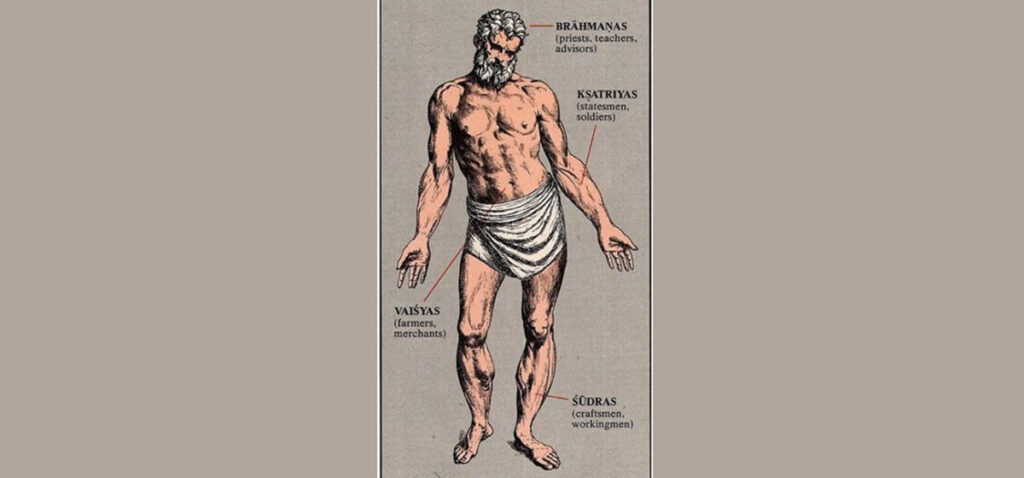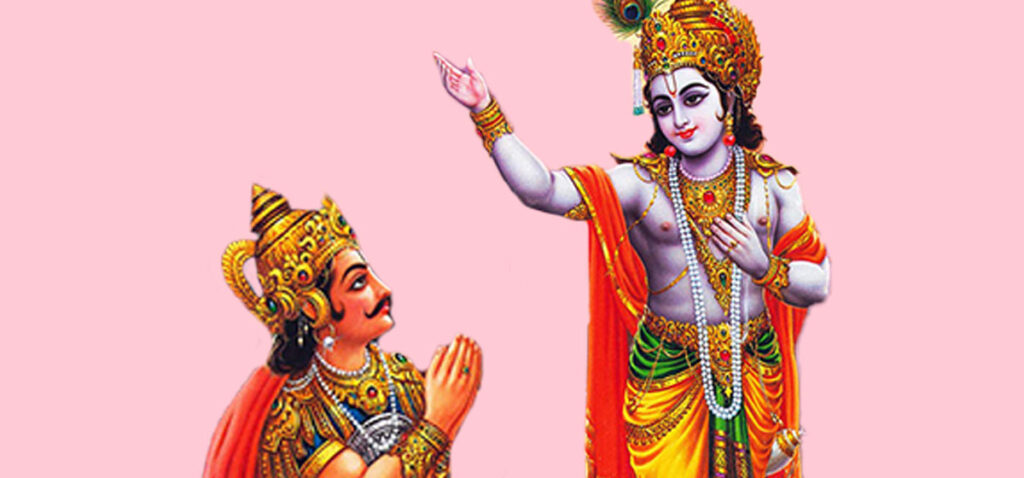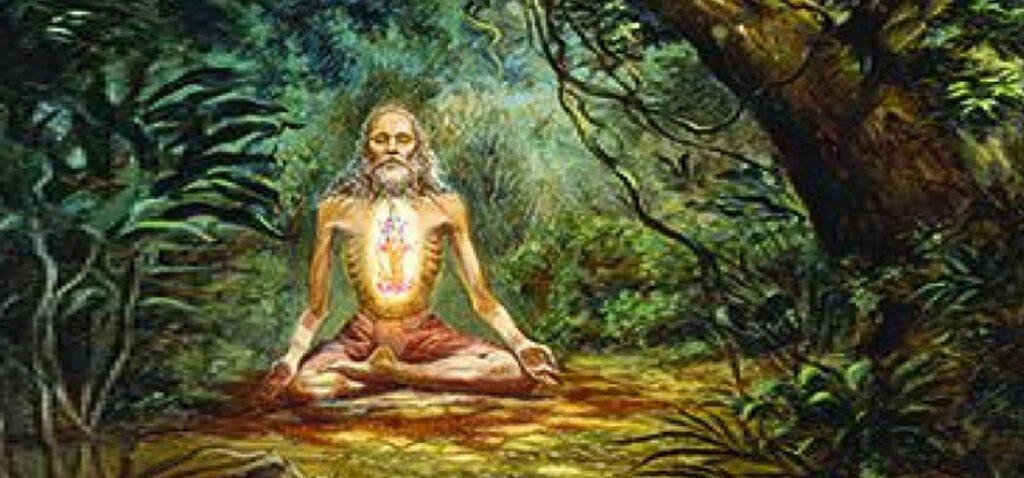World teacher of Krishna consciousness, the science of understanding God.
An interview in Moscow with
His Divine Grace A.C. Bhaktivedanta Swami Prabhupada
[This is an excerpt from a conversation between His Divine Grace A.C. Bhaktivedanta Swami Prabhupada, Founder-Acharya of the International Society for Krishna Consciousness and author of Bhagavad-gita As It Is, and Professor Kotovsky, head of the India Studies Department of the University of Moscow, that took place during Srila Prabhupada’s recent visit to the Soviet Union to introduce the philosophy of Krishna consciousness.]
Prabhupada: The other day I was reading the paper, Moscow News. There was a Communist congress, and the President declared, “We are ready to take others’ experience to improve.” So I think the Vedic concept of socialism or communism will much improve the idea of communism. For example, in a socialistic state the idea is that no one should starve; everyone must have his food. Similarly, in the Vedic concept of grihastha (householder) life it is recommended that a householder see that even a lizard or a snake living in his house should not starve. Even these lower creatures should be given food, and certainly all humans should. It is recommended that the grihastha, before taking his lunch, stand on the road and declare, “If anyone is still hungry, please come! Food is ready!” If there is no response, then the proprietor of the household takes his lunch. Modern society takes the people as the whole or proprietor of a certain state, but the Vedic conception is isavasyam idam sarvam—everything is owned by isa, the supreme controller. Tena tyaktena bhunjitha—you may enjoy what is allotted to you by Him. Ma gridhah kasya svid dhanam: but do not encroach upon others’ property. [Sri-Isopanishad, Mantra One]. The same idea is explained in the different Puranas. There are many good concepts in the Vedic literature about communism.
Prof. Kotovsky: It is interesting that here in our country there is now great interest in the history of old, old thought. From this point of view, our Institute translated into Russian and published many literary monuments of great Indian culture. You will be interested to discover that we published some of the Puranas and parts of the Ramayana. There are volumes in Russian of Mahabharata and also a second edition of Mahabharata, translated in full. We have also published the full translation of Manu-smriti with Sanskrit commentaries. Interest in these publications was so great that they sold out in a week. They are now completely out of stock. It was impossible to get them in the book market after a month. There is great interest among reading people here in Moscow and the USSR towards ancient Vedic culture, and from this point of view we published many such books.
Prabhupada: Among these Puranas, the Srimad-Bhagavatam is called the Maha-purana. We have translated the full text—first we present the original Sanskrit text, its transliteration, the English equivalent for each word, then the translation, and then a purport or explanation of the verse. In this way, there are 18,000 verses in Srimad-Bhagavatam. We are translating everything literally. You can see. Each and every verse is being done like that for the whole Bhagavata Purana. The opinion of the acharyas, the great saintly sages who are the preachers of the Bhagavata philosophy, is nigama-kalpa-taror galitam phalam. (Bhag. 1.1.3) This is the ripened fruit of the Vedic desire tree. It is accepted by all the Indian scholars, and Lord Caitanya especially preached this Bhagavatam. So we have the complete Bhagavatam in its English translation. If you want to see it, I can show you.
Prof. Kotovsky: It seems to me that in the Moscow and Leningrad libraries we have nearly all of the major texts of ancient Indian culture, beginning from the Vedas, the original texts in Sanskrit. For instance, in the Leningrad branch of our Institute there are six or eight editions of Manu-smriti. This institute was founded in Imperial Russia in Leningrad, so in Leningrad we now have a branch of our Institute dealing mainly with the history of Asiatic culture. You will find here an account of what is being translated and what studies are being done on the history of Indian religion and also the state of Indian religion, Hinduism, in Hindu India today.
Prabhupada: Hinduism is a very complex topic.
Prof. Kotovsky: Oh yes. [they laugh] Really, to my understanding, it is not a religion from the European point of view; it is a way of life—religion, philosophy, a way of life, whatever you want.
Prabhupada: This word “Hindu” is not a Sanskrit word. It was given by the Mohammedans. You know that there is a river, Indus, which in Sanskrit is called Sindhu. The Mohammedans pronounces s as h. Instead of Sindhu, they made it Hindu. So Hindu is a term that is not found in the Sanskrit dictionary, but it has come into use. But the real cultural institution is called varnasrama. There are four varnas (social divisions)—brahmana, kshatriya, vaisya and sudra—and four asramas (spiritual divisions)—brahmacari, grihastha, vanaprastha and sannyasa. According to the Vedic concept of life, unless people take to this system or institution of four varnas and four asramas, actually they do not become civilized human beings. One has to take this process of four divisions of social orders and four divisions of spiritual orders; that is called varnasrama. India’s culture is based on this age-old Vedic system.
Prof. Kotovsky: Varnasrama.
Prabhupada: Varnasrama. And in Bhagavad-gita—perhaps you have read Bhagavad-gita?
Prof. Kotovsky: Yes.
Prabhupada: There, in Bhagavad-gita, is the statement catur-varnyam maya srishtam—this system was created by Vishnu [God] (Bg. 4.13) So since varnasrama is a creation of the Supreme, it cannot be changed. It is prevalent everywhere. It is like the sun. The sun is a creation of the Supreme. The sunshine is there in America, in Russia and in India—everywhere. Similarly, this varnasrama system is prevalent everywhere in some form or another. Take, for example, the brahmanas, the most intelligent class of men. They are the brains of the society. The kshatriyas are the administrative class; then the vaisyas are the productive class, and the sudras are the worker class. These four classes of men are prevalent everywhere under different names. Because it is created by the original creator, so it is prevalent everywhere.
Prof. Kotovsky: It is interesting that in the opinion of some European and old Russian scholars, this varnasrama system is a later creation, and if you would read the old texts of Vedic literature, you would find a much more simple and agrarian society. It is the opinion of these scholars that the varnasrama system was introduced in Indian society in the late age of the Vedic era but not from the beginning. And if you would analyze the old texts, you would find that in the old classical India it was not so prevalent.
Prabhupada: As far as we are concerned, it is mentioned in Bhagavad-gita. Chaturvarnyam maya srishtam. Bhagavad-gita was spoken five thousand years ago, and in Bhagavad-gita it is said, “This system of Bhagavad-gita was spoken by Me to the sun-god.” So if you take an estimation of that period, it comes to 40,000,000 years ago. Can the European scholars trace back history 5,000 years? Can they go back 40,000,000 years? We have evidence that this varnasrama system has been current at least 5,000 years. The varnasrama system is also mentioned in the Vishnu Purana. Varnasramacara-vata purushena parah puman. [Vishnu Purana 3.8.9]
Varnasrama-dharma is not a phenomenon of a historical period calculated in the modern age. It is natural. In the Srimad-Bhagavatam the comparison is given that just as in the body there are four divisions—the brain division, the arms division, the belly division and the leg division—so by nature’s way these four divisions are existing in the social body. There exists a class of men who are considered the brain, a class of men who are considered the arms of the state, a class of men who are called the productive class, and so on. There is no need of tracing history; it is naturally existing from the day of creation.
Prof. Kotovsky: You have said that in any society there are four divisions, but they are not so easy to distinguish. For instance, one can group together different social classes and professional groups into four divisions in any society; there is no difficulty. The only difficulty is, for instance, in the socialistic society—in our country and other socialist societies–how you can distinguish the productive group from the workers.
Prabhupada: For example, we belong to the intellectual class of men. This is a division.
Prof. Kotovsky: Intelligent class, brahmanas. And you can also put together all the intelligentsia in that department.
Prabhupada: Yes.
Prof. Kotovsky: And then the administrative class.
Prabhupada: Yes.
Prof. Kotovsky: But who are the vaisyas and sudras? That is the difficulty. Because all others are workers—factory workers, collective farm workers and so on. So from this point of view there is a great distinction, in my opinion, between socialist society and all societies proceeding socialism because in modern Western society you can group all social and professional classes in these particular class divisions—brahmanas, kshatriyas, vaisyas and sudras: intellectuals, productive class, owners of the productive system (factory owners, for instance) and menial workers. But here you have no vaisyas because you have administrative staffs in factories, and you can call them kshatriyas, and then there are the sudras, the workers themselves, but no intermediate class.
Prabhupada: That is stated. Kalau sudra-sambhavah. In this age practically all men are sudras. But if there are simply sudras, the social order will be disturbed. In spite of your state of sudras, the brahmana is found here, and that is necessary. If you do not divide the social order in such a way, there will be chaos. That is the scientific estimation of the Vedas. You may belong to the sudra class, but to maintain social order you have to train some of the sudras to become brahmanas. Society cannot depend on sudras. Nor can you depend on the brahmanas. To fulfill the necessities of your body, there must be a brain, arms, a stomach and legs. The legs, the brain and the arm are all required for cooperation to fulfill the mission of the whole body. So in any society you can see that unless there are these four divisions, there will be chaos. It will not work properly. It will be maya, and there will be disturbances. The brain must be there, but at the present moment there is a scarcity of brains. I am not talking of your state or my state; I am taking the world as a whole. Formerly the Indian administration was a monarchy. For example, Maharaja Parikshit was a kshatriya king. Just before his death, he renounced his royal order. He came to the forest to hear about self-realization. If you want to maintain the peace and prosperity of the whole world society, you must create a very intelligent class of men, a class of men expert in administration, a class of men expert in production and a class of men to work. That is required; you cannot avoid it. That is the Vedic conception, mukha-bahuru-pada-jah. (Bhag. 11.17.13) Mukha means the face, bahu means the arms, uru means the waist, and pada, the legs. Whether you take this state or that state, unless there is a smooth systematic establishment of these four orders of life, the state or society will not run very smoothly.





